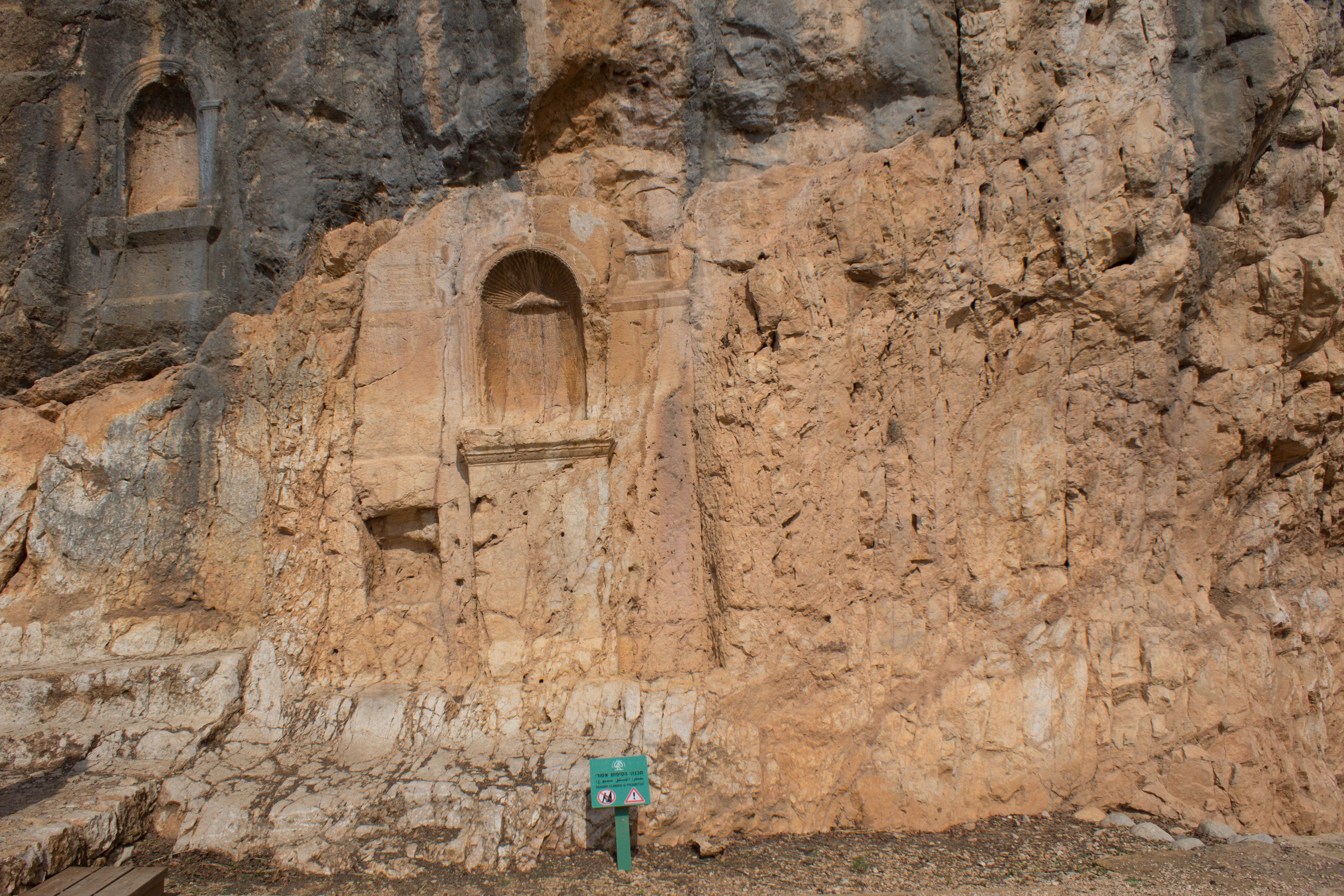Hebrew: Banias / Arabic: Banyas
Coordinates: 33°14′55″N, 35°41′40″E / Elevation: +1286f
Banias is named for the Greek god Pan who was worshiped at this site during Hellenistic and Roman times. The main feature of the area is a large grotto which, in ancient times, gushed with water from a spring deep within it. The grotto was believed by pagan worshipers to be an entry to the underworld. In 2BC, Herod Philip made the area the seat of his rule, founded a city in the area, which he named Caesarea Philippi. » Read more » less
Banias in the Bible: The site has been identified with Baal-Hermon (Judges 3:3) and Baal-Gad (Joshua 11:17) in the Old Testament, though not with universal agreement. It is certain that the area is the Caesarea Philippi mentioned in the New Testament. Though the New Testament does not state that Jesus ever entered the city, it does state that he visited the region and that, while there, elicited Peter’s confession of faith, “You are the Christ” (Matthew 16:13; Mark 8:27). It has also been suggested that Jesus’ statement that “the gates of Hades will not stand” against the faithful is a reference to the grotto of Pan (Matthew 7:24).
Why we stopped: The ruins at Banias are an impressive testimony of Greek paganism in Israel. Impressive, too, are the ruins of the Byzantine church which, according to Eusebius, once housed a statue of Jesus commissioned by a gentile woman whom He healed.
View the Gallery of Banias/Caesarea Philippi:
Related
Categories: Locations
Tags: Caesarea Philippi.







Comments are closed.